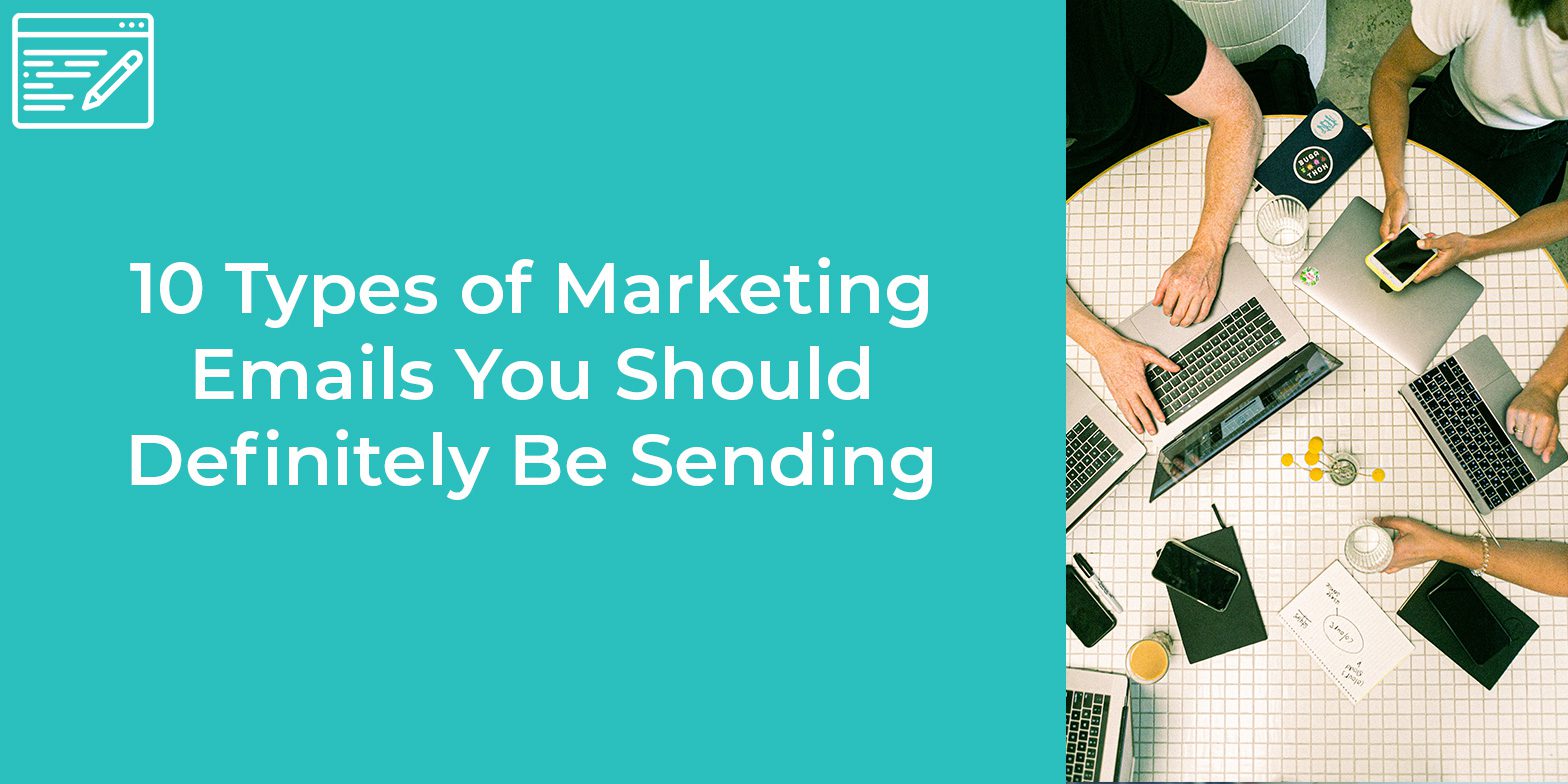5 Tips to Implement Business Website Security
February 21 - 3 year before
The Digital era has brought every entrepreneur online either through social media or through their online business portfolios. At the same time, security is a foremost concern for entrepreneurs at every level. For entrepreneurs, customers are equally important as their business itself. Necessary step consideration to implement website security is imperative for the entrepreneurs for the same reason.
Here we are going to list out seven basic steps to implement website security of the business website. However, some of the steps can also help you to protect your email and social media profiles. If you are not aware of the security measures of your website, then go through the article and make sure that whether your web portal partner is providing the same level of security to your website or not.
How to secure your website:
- Plan Regular Backup
- Avoid Weak Username and Passwords
- Two Factor Authorization
- Set up Platform Specific Security Measure and Firewall
- Make sure your site enabled HTTPS and SSL Certificate
Five Tips to Implement Website Security: Following are the most important steps one can take towards securing a website. Some are related to architecture, and some are related to infrastructure, but they’re equally important.
i). Plan Regular Backup
When businesses have to plan the backup of their site, then they are usually not sure about the backup frequency of their site. The quick answer to this question is that how frequently do you update your site? If you regularly update your site then you should try to take regular backup of your site and store the previous 30 days' copy of your site.
However, to store the advanced configuration of your site you may need the help of any technical person. It means that if your site is hosted by multiple servers then you may need to schedule separate backups of your site for different functionality.
Moreover, if you have used advanced technologies like WordPress, Zen Cart, PrestaShop, Drupal, Joomla or NopCommerce, Magento, or WordPress then there is a small risk to your website security. You can plan the backup cycle of your website as per the complexity of your site.
ii). Avoid Weak Username and Passwords
This is sure that weak usernames and passwords can be the major security vulnerability points for the website. Hackers and scanners can easily guess the weak password and username so avoid using simple and easy-to-guess passwords.
The username should not be obvious and for passwords, you can use different combinations of numbers, letters, and symbols. Try not to make a password any phrase like ‘I love my job’ this may be easy to remember for you, but any password cracking software can easily break the password. Use a different password for different sites especially for your bank or financial accounts.
iii). Two Factor Authorization
If your site is developed on an open-source platform then it is most likely that you will receive more spam on your site. For this, you can enable CAPTCHA to make sure that your site is being used by humans. There are many open-source spam filters available that can identify and remove the spam when they come to your site through any source. However, 100% spam may not be removed by the software but they can protect your site from common spam.
iv). Set up Platform Specific Security Measure and Firewall
There are countless methods to keep your website safe and secure along with customer data. Website security tools can also prevent website breaches. As a first step, you can enable the Google Webmaster tool on your website.
As Google crawls down on the website while searching it for any content so it will flag your site if any abnormal activity will be detected on your site. Apart from this for open-source platforms, there are plenty of firewall plug-ins so you can find the matching firewall for your site and configure and install it on your site.
Moreover, if you have developed your site through WebsFB then you can also ask for any further assistance for website security. However, the websites built through WebsFB are purely safe and secure. Small business owners can remain worry-free if they choose WebsFB as their website building partner.
v). Make sure your site enabled HTTPS and SSL Certificate
The data that transmits in encrypted form is always considered as more safe and secure. The web address of SSL secured sites starts with “HTTPS:\\”. Moreover, a small lock icon will always be there in the address bar if SSL is installed on your server.
In addition to SSL installation on your server, all pages of your site should resolve to the secured HTTPS version. Simple installation of HTTPS does not guarantee that all of your site pages have now secured version, not the unsecured version HTTP. For this proper server configuration is required along with some redirects and testing for the same.
Last but Not the Least…
It is important to protect your business website from any unauthorized attack. You can always take precautions through the above-stated methods but at the same time, the safety does not stop here. Adoption of latest security measures and best practices for your website protection and keep it free from hackers. Some, of the tools, are designed according to the type of attack, so you can always try to adopt the latest technology when you create a website for the business.
How to secure your website:
- Plan Regular Backup
- Avoid Weak Username and Passwords
- Two Factor Authorization
- Set up Platform Specific Security Measure and Firewall
- Make sure your site enabled HTTPS and SSL Certificate
At WebsFB, we have created a set of custom mod security rules to aid in the protection of website created and hosted with us. If you’re looking for a new website creation with all security, you can click here to sign up for a great deal.
-
Subscribe to Stay Updated with Latest News
Easy 7 steps for build your website.

Select Template
Choose Color
Add Logo
Add Navigation
Setup Account
Add Content
Go LIVE!
Categories
- Blogging Platform (1)
- Business (26)
- Development (24)
- Email Marketing (8)
- Graphic Design Trends (4)
- Hosting Platforms (1)
- How To's (18)
- Ideas and Inspiration (3)
- Inspiration Technology (5)
- Management (2)
- Marketing (38)
- New Features (10)
- News (25)
- Online Advertising (3)
- Promote Your Website (27)
- Search Engine Optimization (8)
- Security (4)
- Small Business Tips (43)
- Social Media (6)
- Uncategorized (2)
- User Experience (3)
- Web Design (42)








